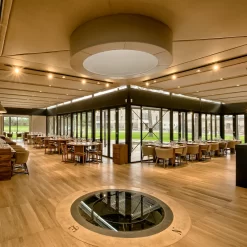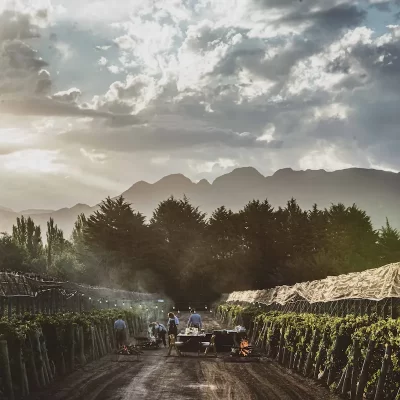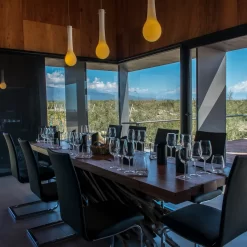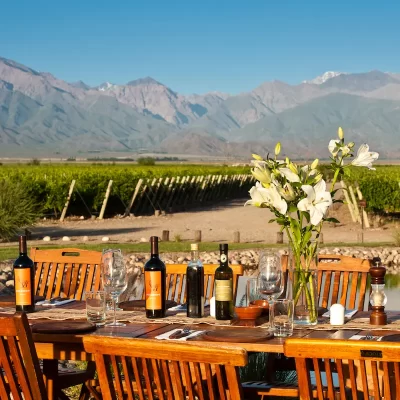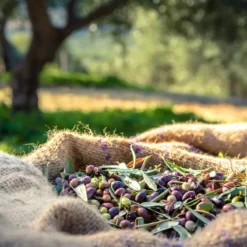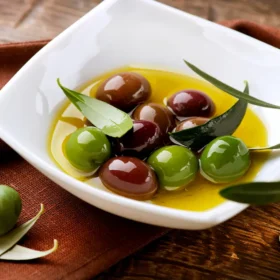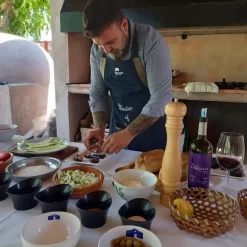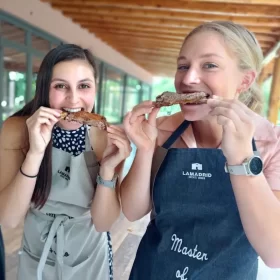Choosing the best time to travel to Mendoza largely depends on the type of experience you’re looking for: wine or mountains? Adventure or relaxation? Harvest or snowy landscapes? Mendoza has something different to offer each season. What matters most is knowing when to go based on your plans, budget, interests, and expectations.
This article is designed to help you make that decision with clarity and confidence. You’ll find climate comparisons, seasonal recommendations, tips for high mountain conditions, costs, how to get there, and local insights you won’t find in generic travel guides.
Best Time to Visit Mendoza Based on Your Travel Style
There’s no single answer to the best time to visit Mendoza—it depends on your travel goals. Mendoza isn’t a one-dimensional destination. Yes, it’s about wine. But it’s also about mountains, gastronomy, culture, adventure, relaxation, and nature. To help you decide more clearly, here’s what to expect in each season based on your interests:
- Wine tourism: Autumn (March to May) and spring (September to November) are ideal for winery visits, whether by car, bike, or on foot. Harvest happens in March, with mild weather and colorful vineyards. December, January, and February are also popular with international travelers from the Northern Hemisphere who come to enjoy wine tours during the Southern Hemisphere’s summer.
- Mountain trips: The best time is summer (December to March) or late spring. High mountain routes are open, roads are safe, and visibility is excellent.
- Adventure travel: Rafting, trekking, horseback riding, or mountain biking can be enjoyed year-round, but summer and spring offer the best conditions. In winter, some activities continue with seasonal adaptations (like snowshoeing instead of hiking).
- Snow trips: June to September, mainly in Vallecitos or Penitentes (when ski resorts are open). Mount Aconcagua is also snow-covered and breathtaking, but park access is restricted in winter due to safety regulations.
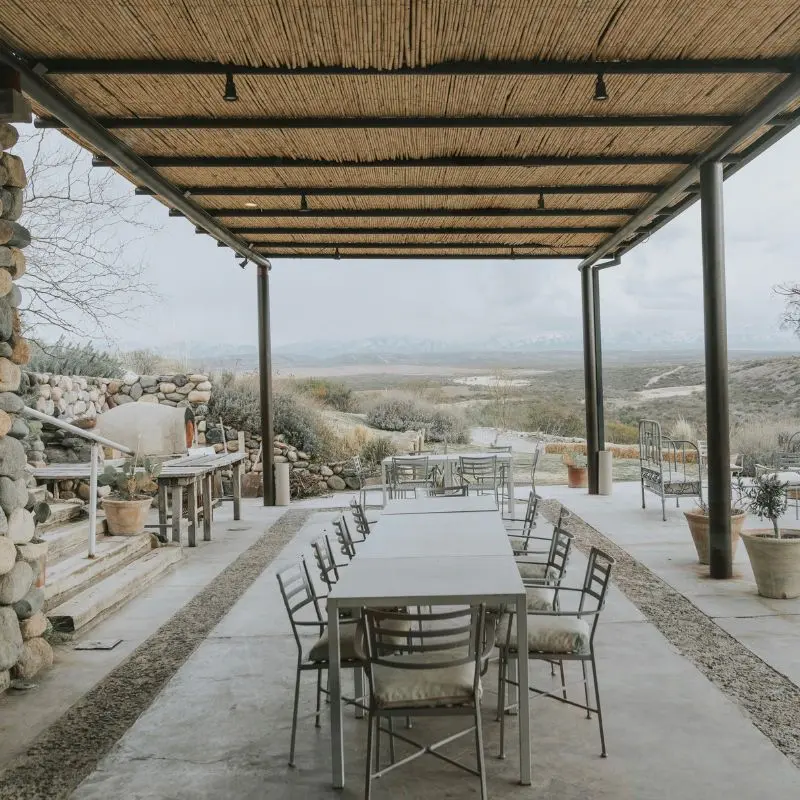
Climate Comparison by Season
| Season | Max Temp | Min Temp | Rainfall | Wind (Zonda included) |
|---|---|---|---|---|
| Summer | 86–95°F | 63–72°F | Moderate | Present in December |
| Autumn | 64–82°F | 45–59°F | Low | Common in May |
| Winter | 54–64°F | 32–41°F | Very low | Strongest in August |
| Spring | 68–86°F | 50–63°F | Low | Intense in October |
Mendoza in Spring: Warm Air and Blooming Vineyards
Spring is a vibrant season. Irrigation ditches flow again, almond trees blossom, and vines sprout. Mendoza turns green, with ideal temperatures for walking, biking, or having lunch outdoors. You’ll see life in every park and plaza, and snow begins to melt in the mountains.
Recommended activities: a picnic in winery gardens, a regional cooking class, or a bike wine tour through vineyards.
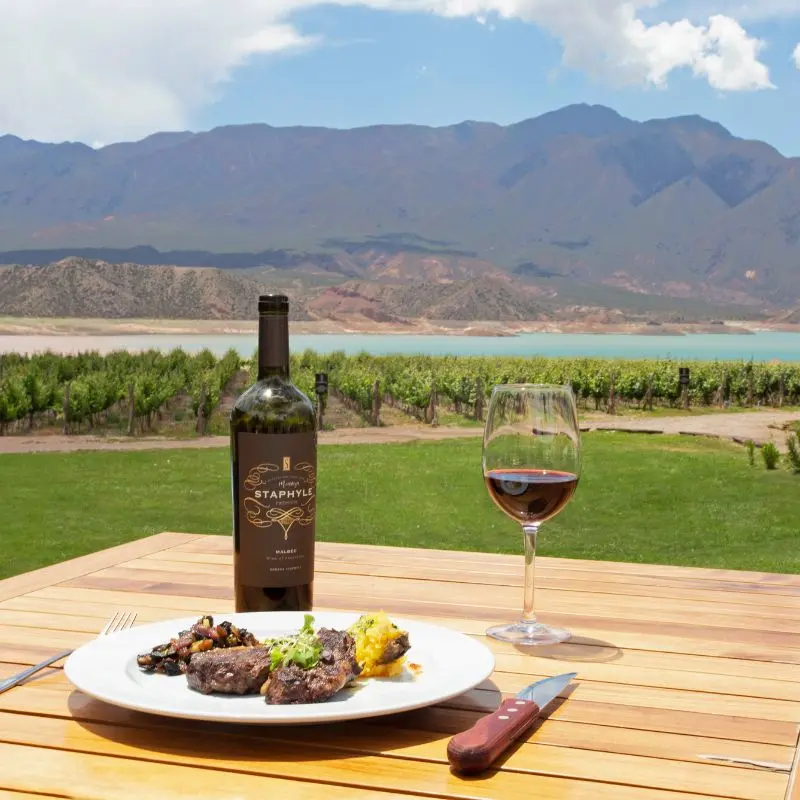
Mendoza in Summer: Intense Sun, Ripe Grapes, and Outdoor Thrills
Days are long, dry, and hot, but evenings are perfect for open-air dinners and tastings at winery patios. It’s peak season, so booking accommodations and tours in advance is key.
In the city, the heat can be strong, but the countryside and mountains offer refreshing escapes. Options include a Half Day Wine Tour in the morning, rafting the Mendoza River, or spending the day at a mountain estancia with barbecue and horseback riding.
What to bring: sunscreen, water bottles, comfortable shoes, a hat or cap, and breathable clothing.
Mendoza in Autumn: Harvest, Gastronomy, and Golden Scenery
Harvest season sets the rhythm of autumn. Starting in March, vineyards begin to pick grapes and everything smells like fresh wine. Leaves turn golden-red and the afternoons are perfect for sipping a glass of Malbec overlooking the rows of vines.
It’s the best season for food and wine lovers. Wineries are active, kitchens use fresh seasonal ingredients, and the weather is ideal for relaxed touring. Try a classic wine tour, a food and wine pairing experience, or even participate in a harvest.
In the mountains, landscapes are stunning. If you visit in May, you might catch the first snowfalls from Uspallata or Potrerillos. This is also the season when the Zonda wind tends to blow strongest.
Mendoza in Winter: Silent Whites, Bold Wines, and Mystical Peaks
July brings a slower rhythm. Temperatures drop and snow covers the Andes. The air is crisp and dry—ideal for peaceful hikes, bonfires, and hearty regional cuisine.
Wineries are quieter. You can enjoy longer tastings and guided tours with fewer people. In the mountains, excursions are more contemplative. Entering Aconcagua’s base camps isn’t possible in winter due to snow, ice, and avalanche risks. However, you can still visit the park’s scenic viewpoint or stop at Puente del Inca or Uspallata, depending on weather and road conditions.
What to pack: technical clothing, waterproof jacket, gloves, lip balm, and UV-filter sunglasses.
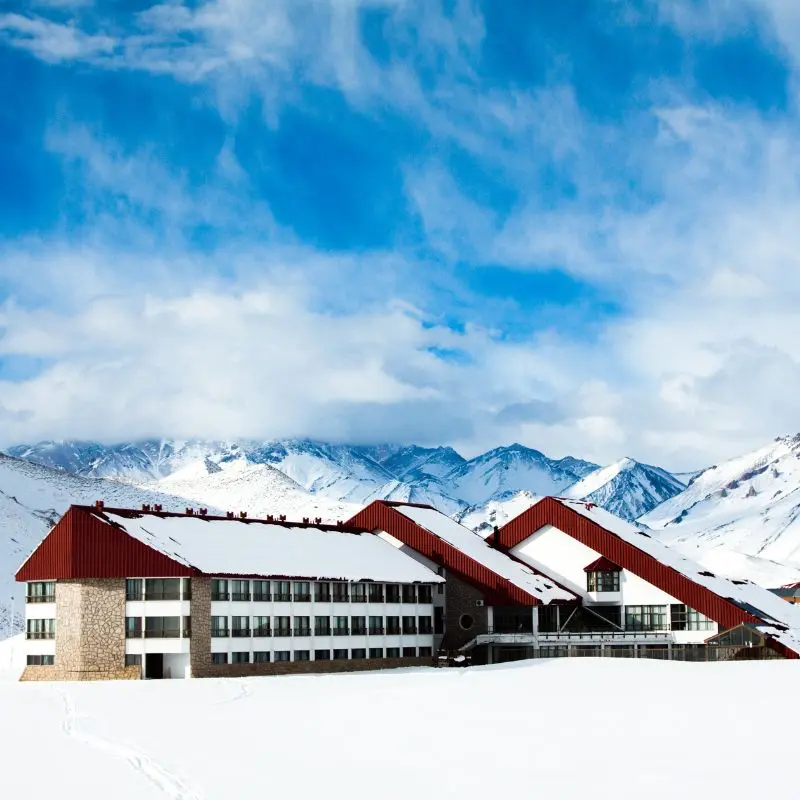
National Harvest Festival: A Must-See Celebration
If your trip coincides with early March, you’ll witness one of Argentina’s most iconic cultural events: the Fiesta Nacional de la Vendimia. This festival celebrates the winemakers, grape harvest, and Mendoza’s wine identity.
Events span several weeks, including the Blessing of the Fruit, the White Parade, and the Carrusel. The main event takes place at the Frank Romero Day Greek Theater, featuring over 1,000 artists, live music, projections, and fireworks.
National Geographic named it the world’s best harvest festival thanks to its scale, artistry, and ability to move even those unfamiliar with wine. It’s a powerful mix of tradition, tech, and creativity.
If you’re traveling between late February and early March, book in advance—Vendimia is not improvised, it’s lived.
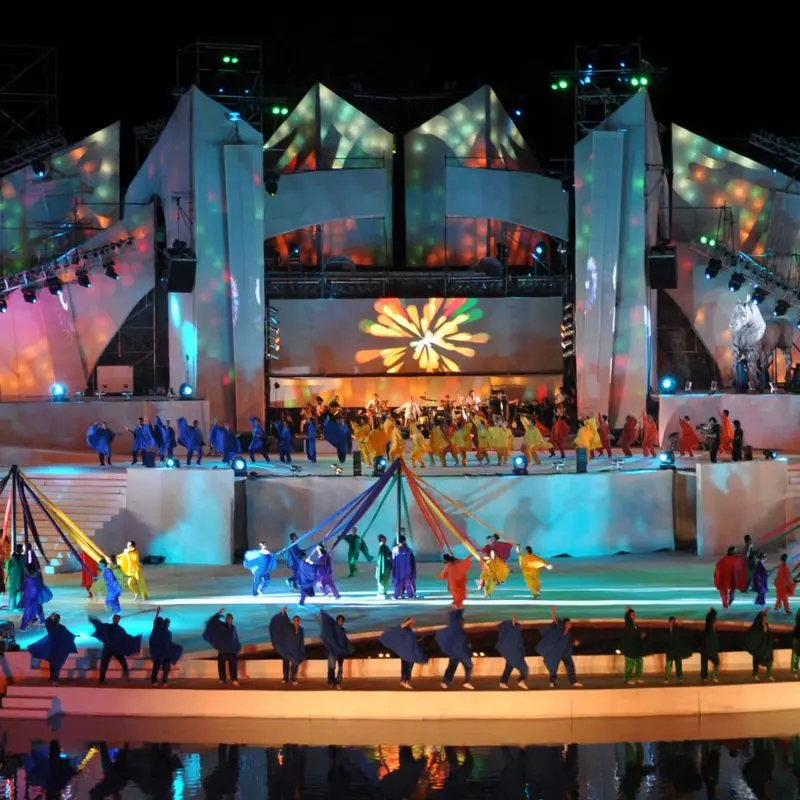
Weather in Mendoza’s High Mountains by Season
The high-mountain climate in Mendoza changes dramatically. Above 2,500 meters, temperature swings can exceed 20 °C (68°F) in a single day. The sun is intense—even in winter—and conditions can shift fast, so proper gear and current weather checks are essential.
In summer, access roads like Cristo Redentor and Puente del Inca are open. Aconcagua Park allows treks to Confluencia base camp. Autumn offers good visibility but brings early snow and more frequent Zonda winds.
Winter often closes high-altitude routes, including the international pass. Excursions into Aconcagua are not permitted. In spring, melting snow gradually reopens the routes. October can bring muddy paths and gusty winds, but the views are worth it.
Enjoy the best wine tastings in Mendoza
Cooking Classes
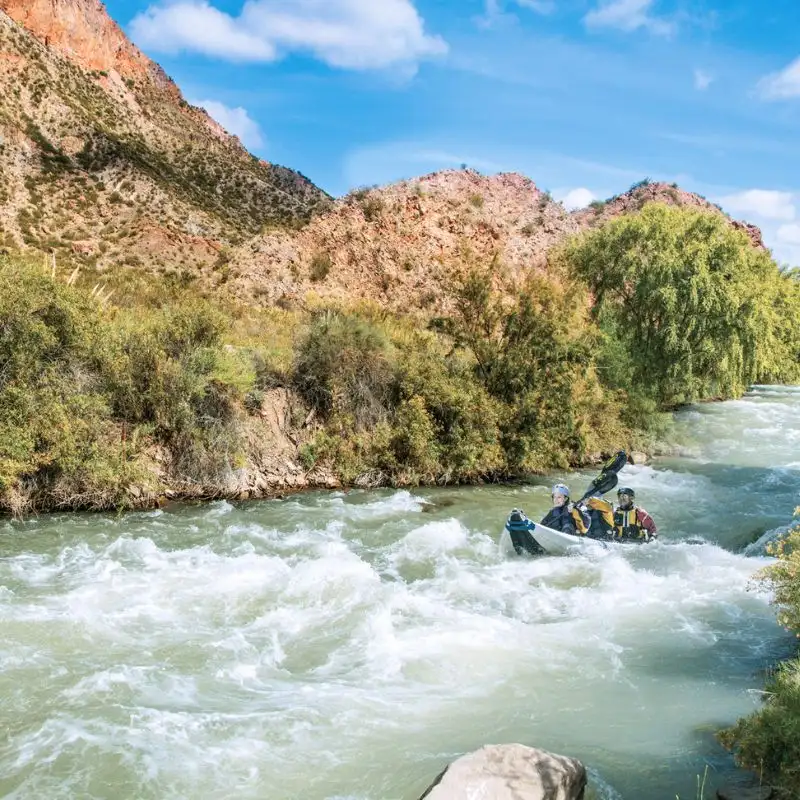
The Zonda Wind: What It Is and How It Impacts Travel
Zonda is a typical dry wind from the Andes. It forms as Pacific air masses cross over and descend on the eastern side, warming and losing moisture as they fall.
It’s most common in autumn and spring, particularly in pre-Andean areas like Uspallata or Cacheuta, but it can also reach the city. Expect a sudden rise in temperature, low humidity, and airborne dust. It may cause headaches or fatigue.
If Zonda is forecasted, avoid mountain roads, postpone hikes, and stay hydrated. Many tours are canceled for safety, so always check conditions the day before.
How Much Does It Cost to Travel to Mendoza by Season?
Prices vary significantly depending on the season. During summer holidays, Holy Week, harvest time, and July (snow season), Mendoza enters its high season, with higher costs for lodging, flights, and activities.
In contrast, May, June, and November are considered low season—with fewer tourists and better deals.
Budget trips start around USD 70 per day. Premium experiences focused on fine wine and gastronomy can exceed USD 250 daily.
How to Get to Mendoza Year-Round
Check out our complete guide to reaching Mendoza. Flights connect Mendoza with Buenos Aires, Córdoba, Rosario, Salta, Santiago de Chile, and Lima.
Buses offer daily service from nearly all major cities and international routes from Chile. Driving in gives you more freedom—especially for exploring Valle de Uco or the mountains. The Paso Los Libertadores crossing from Santiago is spectacular but may close in winter.
Currently, there are no passenger trains from Buenos Aires. However, local trains run within Greater Mendoza.

Paula is a travel communications specialist with solid expertise in wine tourism and adventure travel in her native Mendoza. She combines a background in audience analysis with a deep understanding of today’s travelers to craft effective, user-centered, and sustainable content strategies. Her approach blends creativity, data, and a strong commitment to the responsible development of tourism in Argentina.




